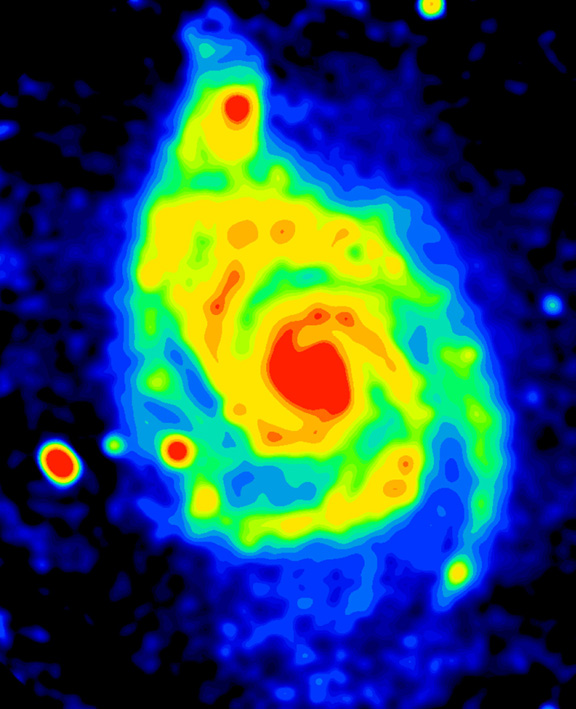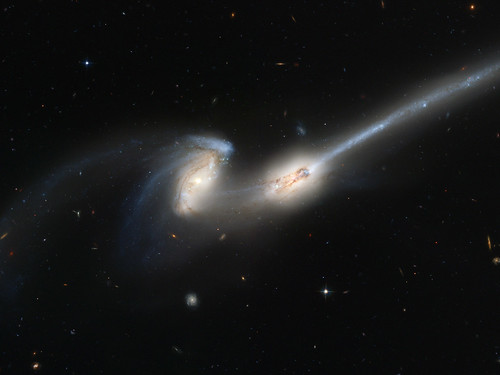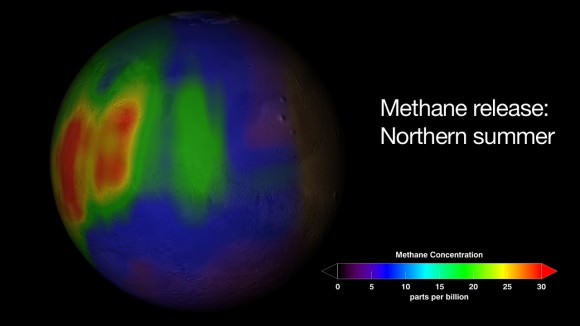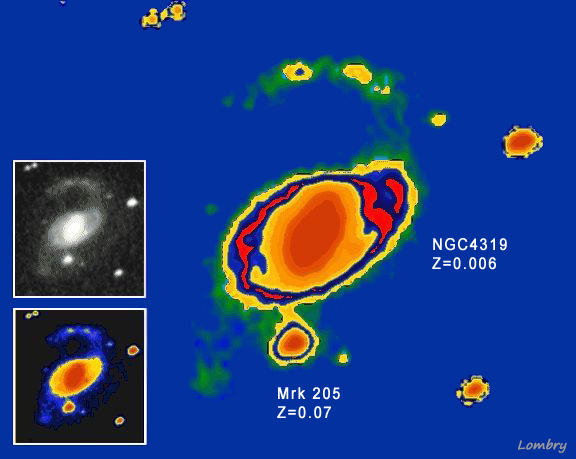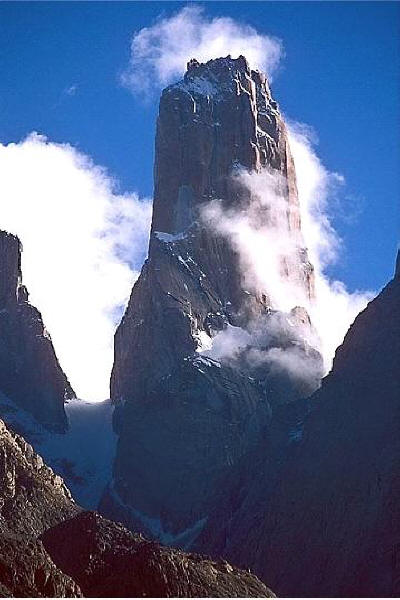
I got banned for posting this on Richard Dawkins Forum. Once again we see that for those people who are ignorant of the facts and have no logical or scientific argument, censorship = science. Not only did they permanently ban me but they deleted the post because they are literally terrified of the power of words and afraid of the obvious persuasiveness of the truth.
Here are my top ten scientific facts in no particular order.
Top Ten Scientific Facts
1. Space and time are not material objects (Anaxagoras, Zeno, Leukippos, Demokritos, Aristotle, Leibniz 1689, 1695, 1716, Maupertuis 1750, Kant 1781, 1787, Davisson 1927, Heisenberg 1958).
2. Hydrocarbons are abiogenic (Von Humboldt 1804, Bakewell 1813, Berthelot 1866, Mendeleyev 1877, Kudryavtsev 1951).
3. The mantle is cold and its rigidity increases with depth (Tassos and Ford 2005, Tassos 2008).
4. The Pacific Ocean was entirely enclosed during the Cretaceous and did not exist (McCarthy 2003, 2005).
5. The diameter of the Earth has increased over time (Drayson 1854, Mantovani 1909, Carey 1976).
6. Earthquakes are electric (Freund 2002, 2003, 2007, Tassos and Ford 2005, Thornhill 2005).
7. The universe is electric (Maxwell 1857, 1873, Thomson 1897, Tesla 1900, 1904, Lodge 1904, Birkeland 1913, Velikovsky 1946, 1950, Alfvén 1970).
8. Gravity is electromagnetic (Kepler 1609, Faraday 1845, 1865, Poincaré 1908, Velikovsky 1946, 1950, Thornhill 2008).
9. Redshifts are intrinsic and non-cosmological (Hubble 1947, Arp 1966, 1987, 1998, 2003).
10. The Big Bang is a myth (Hubble 1947, Hoyle 1949, Arp 1966, 1987, 1998, 2003, Lerner 1991).










